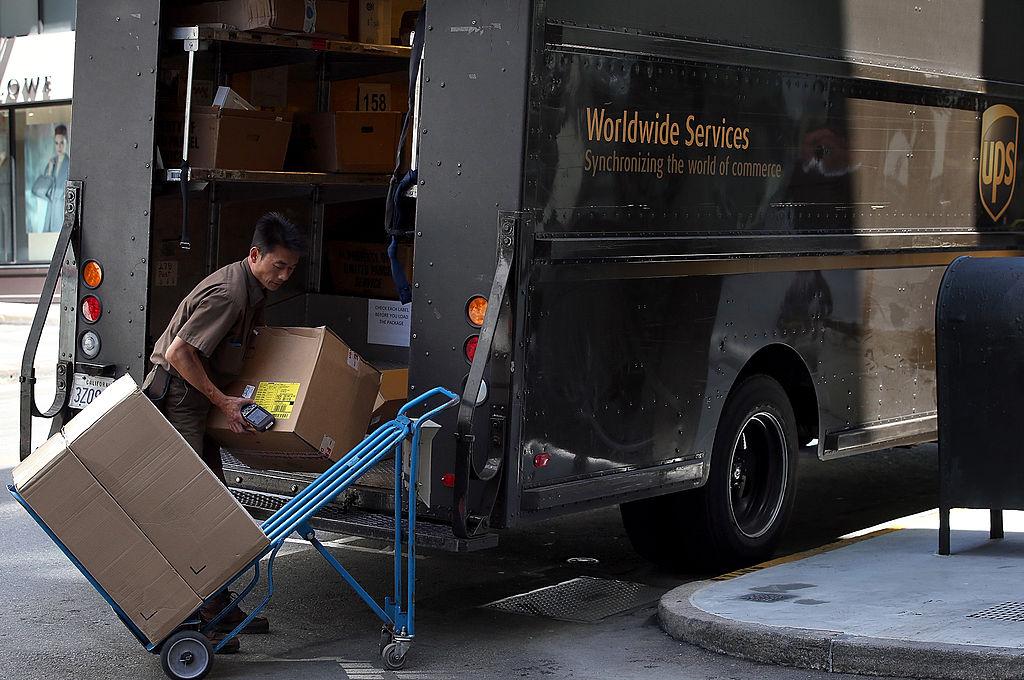Potentially hundreds of thousands of unionized United Parcel Service (UPS) workers could strike in the near future, in a move that could significantly impact the U.S. economy.
UPS has previously stated that it transports some 6 percent of the U.S. gross domestic product (GDP) on a daily basis and about 3 percent of the worldwide GDP, according to a news release. It means that a nationwide strike could have far-reaching effects on commerce, while impacting Americans’ orders and package-delivery services.





